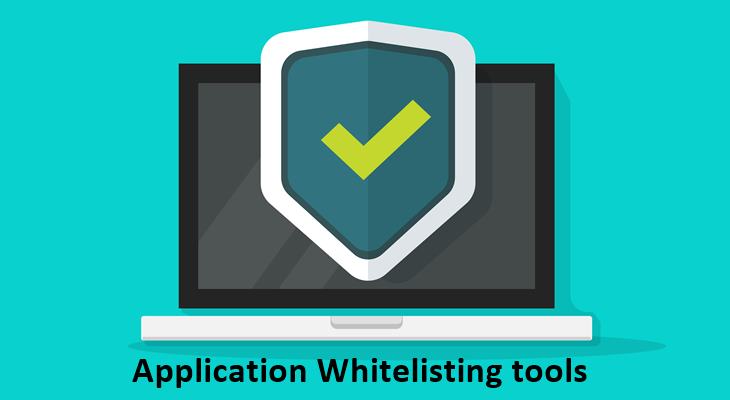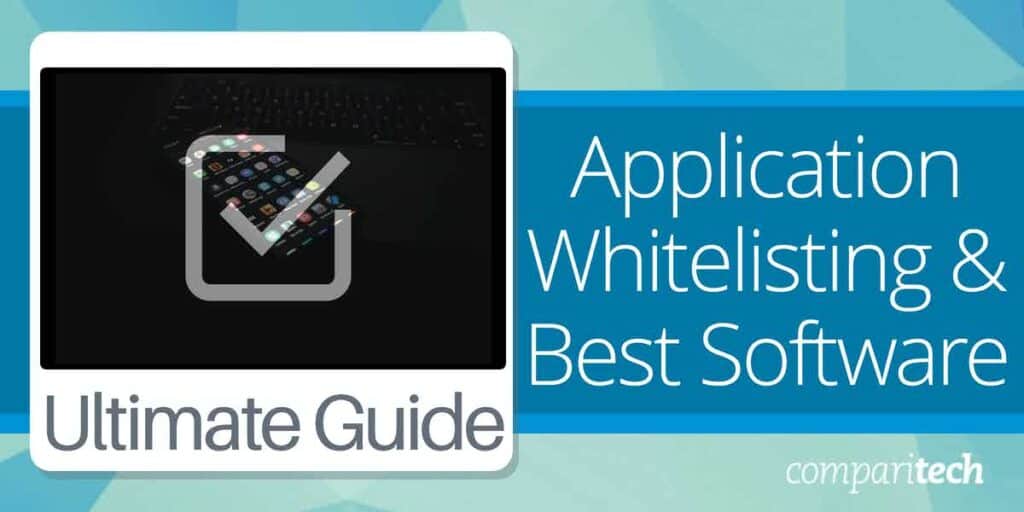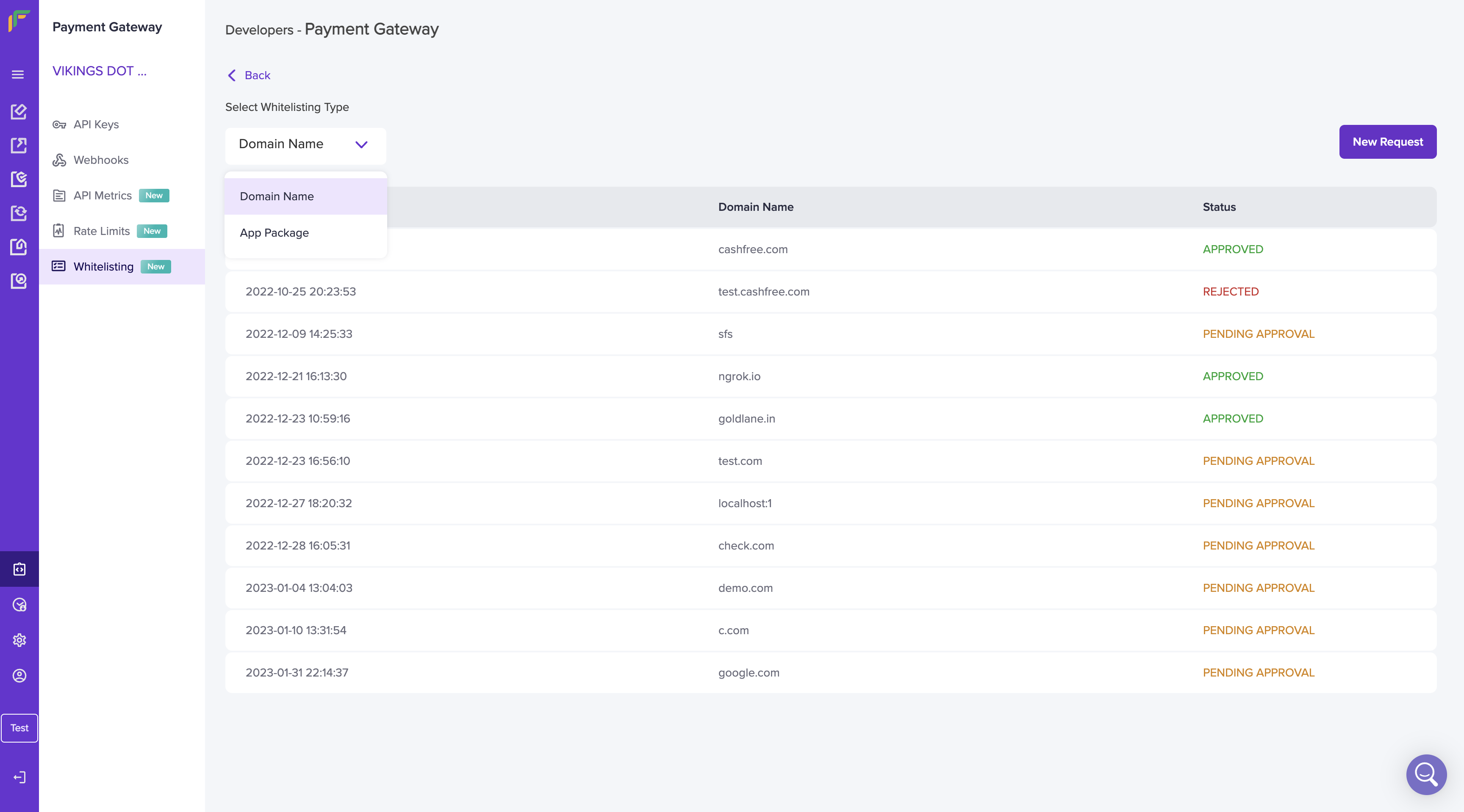White listing software sets the stage for this enthralling narrative, offering readers a glimpse into a story that is rich in detail and brimming with originality from the outset. From defining its function to exploring different types and implementation strategies, this topic delves deep into the world of cybersecurity.
Definition of White Listing Software

White listing software is a cybersecurity tool that allows only approved programs or applications to run on a system. This approach contrasts with blacklisting software, which blocks known threats. White listing software creates a secure environment by only permitting pre-approved software to execute, enhancing protection against unauthorized or malicious programs.
Examples of Industries or Companies Using White Listing Software
- Financial institutions: Banks and financial firms use white listing software to protect sensitive customer data and prevent cyber attacks.
- Government agencies: Government organizations utilize white listing software to safeguard classified information and critical infrastructure.
- Healthcare sector: Hospitals and healthcare providers use white listing software to secure patients’ medical records and comply with data privacy regulations.
Benefits of Using White Listing Software
- Enhanced security: White listing software provides a proactive defense mechanism by allowing only approved programs to run, reducing the risk of malware infections.
- Improved system performance: By controlling which applications can execute, white listing software helps optimize system resources and minimize performance issues caused by unauthorized software.
- Compliance adherence: White listing software aids in compliance with industry regulations and data protection laws by ensuring only authorized software is in use.
Types of White Listing Software

White listing software comes in different types, each offering unique features and capabilities to secure systems and networks. Let’s explore the two main types: application-based white listing software and cloud-based white listing software.
Application-Based White Listing Software
Application-based white listing software functions by creating a list of approved applications that are allowed to run on a system. Any application not on the list is automatically blocked from executing. This type of white listing software provides granular control over which applications can access the system, enhancing security by preventing unauthorized software from running.
- Requires manual updating of application whitelist
- Works effectively in offline environments
- Offers more control over individual applications
- Can be resource-intensive to manage
Cloud-Based White Listing Software
Cloud-based white listing software operates by leveraging a centralized cloud platform to manage whitelists across multiple devices and endpoints. This type of white listing software offers scalability and ease of management, as whitelists can be updated and distributed in real-time across the network.
- Allows for automatic updates of whitelists from the cloud
- Enables centralized management of whitelists across devices
- Provides flexibility for remote management and monitoring
- May require an internet connection for whitelist updates
These two types of white listing software work towards the common goal of securing systems and networks by controlling which applications are allowed to run. Application-based software focuses on individual application control, while cloud-based software offers centralized management and scalability.
Both types play a crucial role in enhancing cybersecurity measures for organizations.
Implementation of White Listing Software

Implementing white listing software in an organization’s IT infrastructure involves several key steps to ensure a secure and effective deployment.
Steps for Implementing White Listing Software
- Assess Current IT Environment: Begin by evaluating the organization’s current IT infrastructure, including software applications, systems, and endpoints that need to be protected.
- Choose the Right White Listing Software: Select a white listing software solution that aligns with the organization’s security requirements and is compatible with existing systems.
- Develop a White List: Compile a list of approved software, applications, and processes that are essential for business operations and should be allowed to run within the network.
- Configure Policies: Establish clear policies and rules for white listing software usage, including who has the authority to add or remove applications from the white list.
- Test Implementation: Before fully deploying white listing software, conduct thorough testing to ensure that all approved applications function correctly and are not blocked unnecessarily.
- Monitor and Update: Continuously monitor the effectiveness of the white listing software, update the white list as needed, and adjust policies based on changing security requirements.
Best Practices for Configuring White Listing Software
- Regularly Update White Lists: Keep the list of approved applications up to date to prevent unauthorized software from running on the network.
- Implement Least Privilege Access: Limit user permissions to only the applications they need to perform their job functions, reducing the risk of malware infiltration.
- Enable Logging and Reporting: Maintain detailed logs of white listing software activities to track application usage, detect anomalies, and respond to security incidents promptly.
Challenges and Solutions in White Listing Software Implementation
- Resistance from Users: Some employees may resist the restrictions imposed by white listing software. Address this challenge by providing training on the importance of security measures and the benefits of white listing.
- Complexity of Configuration: Configuring white listing software can be complex, especially in large organizations. Engage with vendors or security experts to ensure proper setup and configuration.
- False Positives: White listing software may occasionally block legitimate applications due to false positives. Regularly review and adjust policies to minimize false positives and maintain operational efficiency.
Maintenance and Updates
Regular maintenance and updates are crucial for ensuring the optimal security of white listing software. By keeping the software up-to-date, users can protect their systems from emerging threats and vulnerabilities.
Importance of Regular Updates
- Updates often include patches for known security vulnerabilities, making it harder for cyber attackers to exploit weaknesses in the software.
- Regular updates also ensure compatibility with the latest operating systems and applications, enhancing overall system performance.
- By staying current with updates, users can take advantage of new features and functionalities that improve the effectiveness of the white listing software.
Maintaining White Listing Software
- Set up automatic updates whenever possible to ensure that the software is always running the latest version.
- Regularly check for updates manually if automatic updates are not available, and install them promptly.
- Perform routine system scans to detect any issues or anomalies that may affect the performance of the white listing software.
- Monitor the software vendor’s website or notifications for any critical updates or security alerts that may require immediate action.
Risks of Outdated Software
- Outdated white listing software may lack essential security patches, leaving systems vulnerable to cyber threats and attacks.
- Compatibility issues with newer applications or operating systems can arise, leading to system instability and performance issues.
- Failure to update the software regularly can result in decreased protection against evolving malware and other cybersecurity risks.
Closing Summary
In conclusion, white listing software emerges as a crucial tool in the realm of cybersecurity, providing organizations with a robust defense mechanism against potential threats. By understanding its nuances and staying updated on best practices, businesses can elevate their security posture and safeguard sensitive data effectively.
Key Questions Answered
What sets white listing software apart from other security measures?
White listing software specifically allows only approved applications to run, offering a proactive approach to security compared to reactive measures like blacklisting.
How frequently should white listing software be updated?
Regular updates are crucial to ensure optimal security, as new threats emerge constantly. It’s recommended to update white listing software as soon as new versions are available.
What are some common challenges during the implementation of white listing software?
Challenges may include compatibility issues with existing systems, user resistance to new security protocols, and defining comprehensive whitelists for diverse organizational needs.
